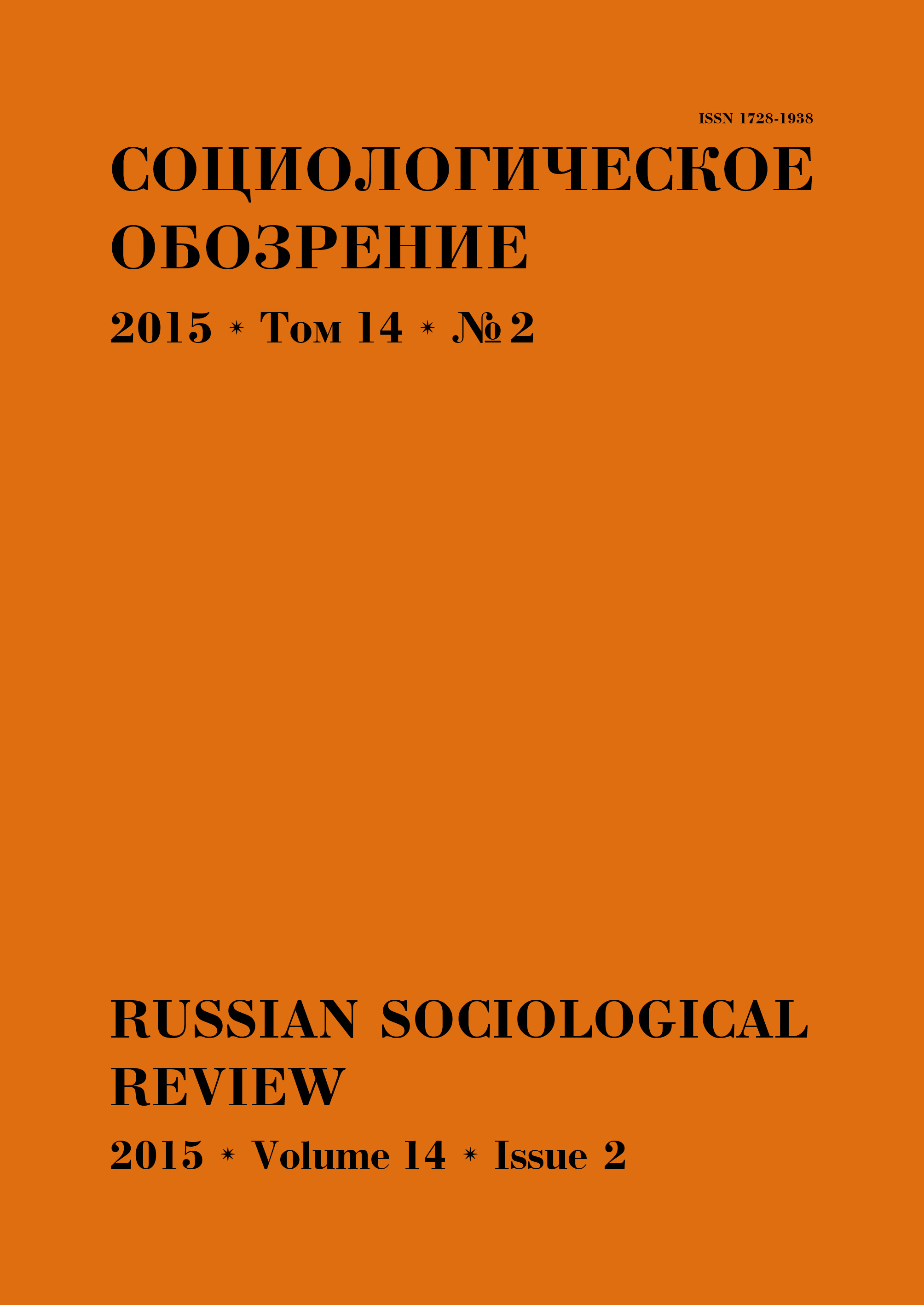Навык утопического взгляда: на материале авторских фотографий последних десятилетий социализма
Ключевые слова:
интерпретация, городское пространство, утопия, семиотика, утопическая рецепция, утопический взгляд, советская фотография, Луи Марен
Аннотация
В статье исследуется «утопическая рецепция», т. е. возникновение и воспроизводство коллективных представлений об утопическом. Речь прежде всего идет о визуальном опыте, об «утопическом взгляде», под которым понимается особый социальный навык воспринимать и интерпретировать пространство, присваивая ему статус утопии. Так, определенная инерция зрения побуждает связывать визуальные материалы, относящиеся к десятилетиям социализма, с медийным конструктом «советской утопии». При этом особенно распространены две модели описания пространства, которые автор статьи условно определяет как «тоталитарное пространство» и «странное пространство». В статье подробно рассматриваются эти модели «утопического взгляда»: первая предполагает повышенную рационализацию и семиотизацию пространственных представлений, вторая — культивируемый смысловой сбой и аффективность; в первом случае пространство характеризуется при помощи метафоры текста, во втором — при помощи метафор сна или памяти. Опираясь на семиотический и одновременно пространственный анализ классических утопий, предложенный Луи Мареном, автор показывает, что пространство, увиденное «утопическим взглядом», перестает быть социальным: оборотной стороной конструирования идеального общества парадоксальным образом является блокировка любых интерсубъективных отношений.Скачивания
Опубликован
2015-06-30
Как цитировать
КаспэИ. (2015). Навык утопического взгляда: на материале авторских фотографий последних десятилетий социализма. Социологическое обозрение, 14(2), 41-69. извлечено от https://cfjournal.hse.ru/index.php/sociologica/article/view/75
Выпуск
Раздел
Статьи и эссе




